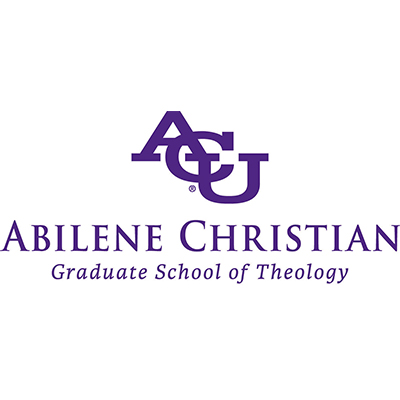To many people, the word “sabbatical” conjures up images of professors sitting on the beach sipping cold drinks or something equally restful and unproductive. In reality, however, sabbatical time for professors is usually a time to retool and create new works of scholarship that will also serve their teaching.
This was certainly the case for me last fall. I had the privilege of serving as the Seymour Gitin Professor at the Albright Institute for Archaeological Research (AIAR) in East Jerusalem. Sy Gitin was the longtime director of the Albright and one of the most illustrious archaeologists of the past generation, and so it was an honor to bear a senior fellowship bearing his name. The Albright Institute, in turn, is named for the great Syro-Palestinian archaeologist William F. Albright, whose influence has been felt far and wide for many decades. Again, a great honor.
So what does the holder of a fellowship (i.e., a fellow, whether male or female) at a research institute like the Albright do for four and half months? First of all, I lived in the building you see in the attached pictures, a grand old structure representing the best of Palestinian archaeology from the last century. Several fellows lived in dormitory-like conditions (private rooms but with the bathroom down the hall), a situation very conducive for work, but also for new friendships. These scholars, both men and women, came from several countries (the U.S., Britain, Hungary, China, and Malaysia) and worked on projects ranging from Mycenaean pottery to Iron Age Israelite seals to Middle Kingdom Egyptian texts. Our only daily duty was to share dinner together each evening in the Institute’s dining room. This is a great community of young and not so young scholars (from those writing PhD dissertations to more senior scholars), who genuinely enjoyed each other’s company and learned from each other.
The second thing I did was write and read, all day, every day. The Albright has a fine library of its own, particularly for the archaeology of Palestine/Israel, but three blocks away is one of the half dozen best theological libraries in the world, at the Ecole Biblique et archaeologique française, a Dominican house of study world renowned for its scholarship. For more information, see their website at www.ebaf.edu. My project is a book I’m writing on the idea of God as king. It’s a theme I’ve been working on for several years and hope to finish in the next year or so.
The third thing I got to do was tour. Since the fellows at the Albright are all scholars, and most are archaeologists (with a few of us biblical people thrown in to liven things up!), this was an exciting thing to do. We had the privilege of touring ongoing excavations usually led by the primary excavator or his or her most senior assistant. This is always an opportunity to learn a lot, and not the run-of-the-mill touristy sort of trip.
And lastly, the time in Israel was an opportunity to pray and to think about my relationship with God. To pray inside the Church of the Holy Sepulchre, near the probable site of Jesus’ passion, is of course a moving thing. So also are joining on many Sabbaths with a messianic synagogue in their pursuit of a relationship with Yeshua ha-Mashiach, praying in the Anglican Church of St. George, and attending a Christmas Eve service in Bethlehem at the Church of the Nativity with Palestinian Christians. All these were meaningful experiences for my own walk. Also, living with a number of people who are not Christians, but are marvelous and honorable people, gave me an opportunity to become clearer about what it means to be salt and light in the world.
So what is happening this spring after a semester in Israel and Palestine? That’s the subject of my next post. Stay tuned.
Jerusalem, Fall 2014
Mark Hamilton
Robert and Kay Onstead Professor of Old Testament
